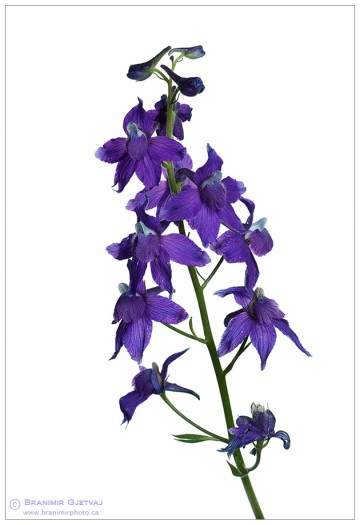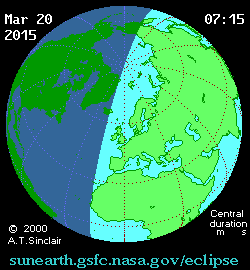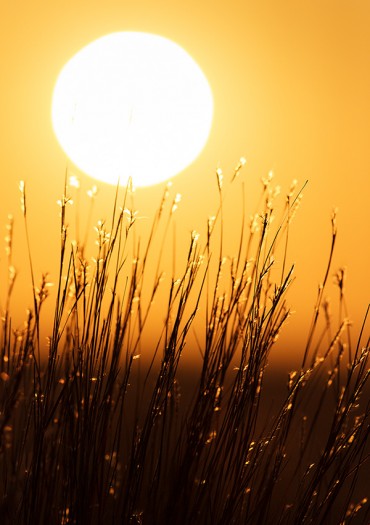Happy first day of (astronomical) spring. On Friday, March 20th spring will officially arrive on the prairies at 4:45 p.m. CST. When I woke up this morning, the ground was covered with a thin layer of fresh snow. Not exactly a spring-like weather.

Little larkspur in bloom. Cypress Hills, Saskatchewan. Photographed for the Meet Your Neighbours project.
Let’s then celebrate the vernal equinox, one of only two days of the year when all places on Earth (outside of the polar regions) see the sun rise at due east and set at due west along the horizon. Remember that when you set up your camera to capture the sunrise or sunset this week.
The sun appears directly overhead at Earth’s equator and all latitudes get approximately equal amount of daylight and darkness. Actually, the sun has been up for more than 12 hours over the last three days. What’s up with that? Sunrise is defined as the first appearance of sun’s circle above the horizon, and sunset as the last moment we see the sun’s circle before it falls below the horizon. Thanks to atmospheric refraction, an optical phenomenon that causes light from the sun to bend while passing through the Earth atmosphere, the sun circle appears slightly higher on the horizon that it is in reality. Together, these factors add a few extra minutes of daylight to the equinox.
An even more interesting astronomical event occurred this morning – a total solar eclipse. Unfortunately, the eclipse was not visible from North America. The best places to see it was in North Atlantic, south of Iceland, Faroe Islands and Swalbard, a remote archipelago in northern Norway.
 Here is an animated gif showing from where the partial and total solar eclipse could be seen. The small black spot that passes within the elliptical shadow (area where you can see a partial eclipse) is the best area to see the total eclipse. Animation source: NASA Solar Eclipse web site. We will have to wait 19 years, until March 20, 2034, to get solar eclipse and spring (vernal) equinox on the same day.
Here is an animated gif showing from where the partial and total solar eclipse could be seen. The small black spot that passes within the elliptical shadow (area where you can see a partial eclipse) is the best area to see the total eclipse. Animation source: NASA Solar Eclipse web site. We will have to wait 19 years, until March 20, 2034, to get solar eclipse and spring (vernal) equinox on the same day.
To add to the excitement, the moon on Thursday evening was a “supermoon”. This is a point when the moon reached lunar perigee, its orbit’s at closest distance to Earth. The moon was in a new phase and not visible. If the moon were visible last night, it would appear slightly larger in the sky.
Think positive. The spring equinox marks the half-way point between the dark days of winter and the long, sunny days of summer. Over the next few weeks we will experience the most dramatic gain in the length of daylight hours.

